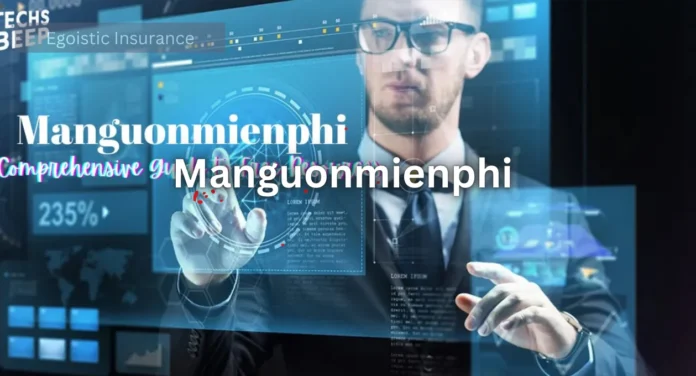In the vast world of online searches and trends, certain keywords often catch our attention due to their unique characteristics or the intriguing services they represent. One such term is “manguonmienphi.” If you’ve stumbled upon this term and are curious to know more about it, you’re in the right place. This blog aims to provide a comprehensive overview of “manguonmienphi,” exploring its meaning, significance, and implications in the digital landscape.
The term “manguonmienphi” can be understood as a fusion of various online services and social media trends that appeal to a diverse audience. Its appeal lies in its promise of free resources, which can range from entertainment to educational materials, attracting users seeking accessibility without costs. This phenomenon illustrates the growing demand for affordable digital content and services, as people seek to enhance their knowledge or enjoy leisure activities without financial burdens.
Furthermore, the rise of “manguonmienphi” also highlights a shift in consumer behaviour, as individuals become more savvy about navigating the online space for free offerings. This trend not only reflects the evolving landscape of digital content but also poses challenges for traditional service providers. As more users turn to free resources, businesses must adapt their strategies to maintain relevance in an increasingly competitive environment, ensuring they provide value even in a free-access world.
What is “Manguonmienphi”?
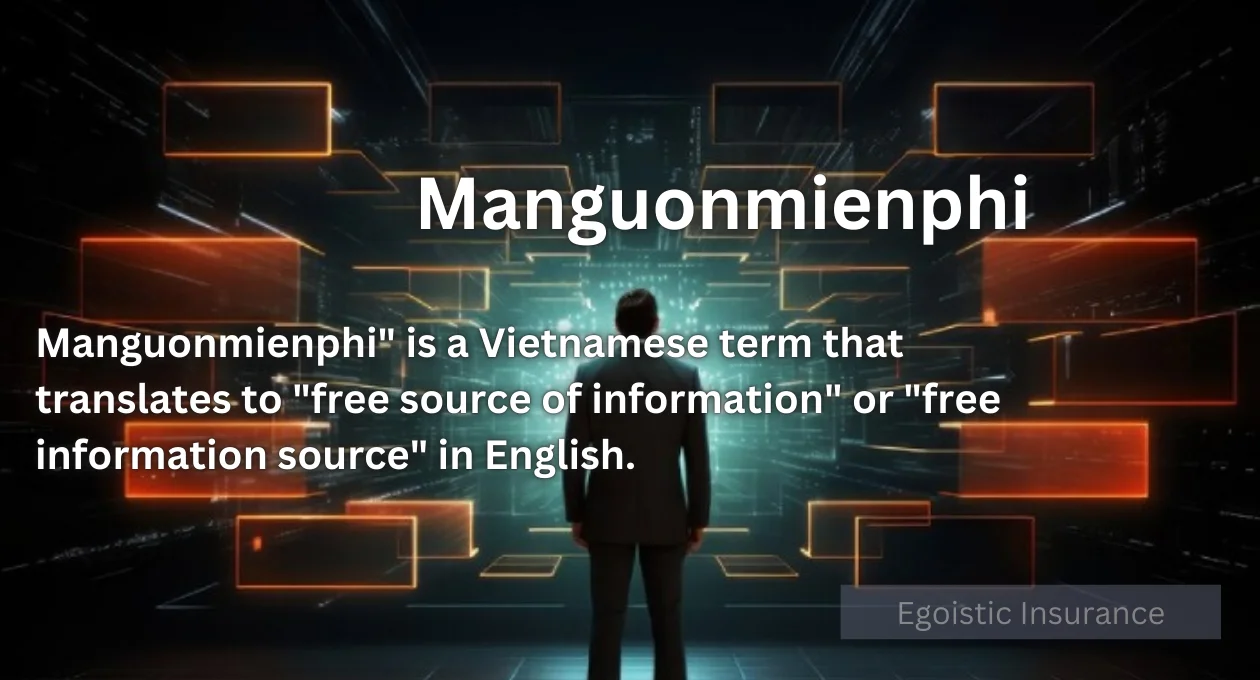
“Manguonmienphi” is a Vietnamese term that translates to “free source of information” or “free information source” in English. It’s a concept commonly associated with accessing resources, data, or content without any cost. The term is frequently used in the context of digital platforms where users can obtain valuable information or services without having to pay for them.
The emergence of “manguonmienphi” has significantly impacted how content is consumed and shared in today’s digital ecosystem. As users increasingly turn to free resources, there’s a growing emphasis on the quality and reliability of the information being offered. This demand often encourages content creators to focus on producing high-quality materials, fostering a culture of sharing and collaboration among users who seek to benefit from one another’s expertise. Additionally, while the offer of free resources presents opportunities for personal growth and learning, it also raises concerns about the sustainability of content production. Content creators and service providers are challenged to find new business models that can support their work without compromising access to valuable information. The balance between providing free resources and ensuring that creators are fairly compensated will be crucial as the “manguonmienphi” trend continues to evolve.
Breakdown of “Manguonmienphi”
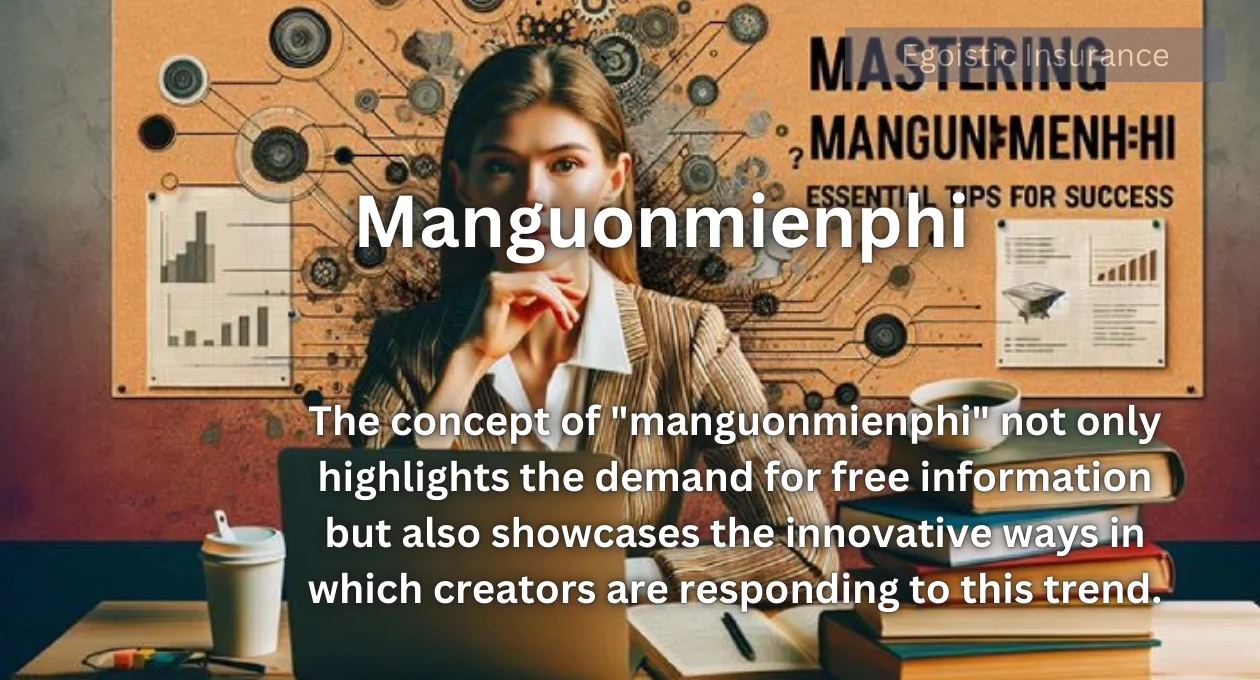
The concept of “manguonmienphi” not only highlights the demand for free information but also showcases the innovative ways in which creators are responding to this trend. Many platforms are emerging that allow users to share and access top-notch content without upfront costs, often monetizing through advertisements or premium memberships for additional features. This shift encourages a vibrant community of learners and sharers, enhancing the collaborative nature of educational pursuits in the digital realm.
Moreover, as the landscape of free resources continues to expand, it is essential for users to evaluate the credibility of the information they encounter. With the abundance of content available, discerning accurate and reliable sources becomes crucial. Engaging in critical thinking and verifying facts will empower users to navigate the digital world with confidence, ensuring that their pursuit of knowledge is both fruitful and informed.
As “manguonmienphi” continues to gain traction, it’s essential to understand its implications for both users and content creators. Users are encouraged to explore the vast offerings of free resources while being mindful of the importance of critical assessment. This dynamic not only empowers individuals to enrich their knowledge but also fosters a sense of community among those who contribute and benefit from shared information. By embracing this trend thoughtfully, all parties involved can navigate the complex landscape of free digital content responsibly.
1. Meaning and Translation 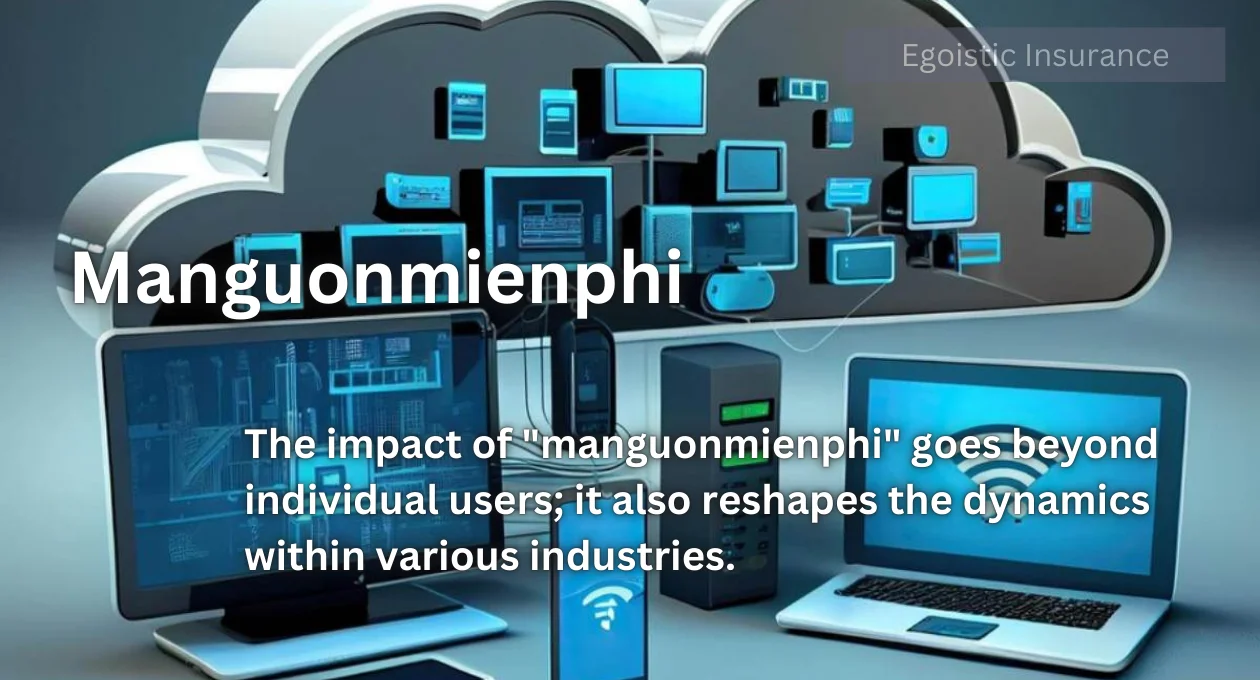
The impact of “manguonmienphi” goes beyond individual users; it also reshapes the dynamics within various industries. Businesses that traditionally relied on paid content are now exploring alternative models to attract and retain customers. This competition compels companies to innovate and offer unique features or experiences that differentiate them from free offerings, fostering a more vibrant and diverse marketplace.
In addition to enhancing consumer choice, the proliferation of free information sources encourages a spirit of collaboration among users. Individuals are more likely to share their findings, tips, and experiences, creating a rich tapestry of knowledge that benefits everyone involved. This communal approach not only supports personal learning but also empowers communities to grow together, fostering a sense of unity and shared purpose in the quest for knowledge.
- “Mang” translates to “bring” or “provide.”
- “Nguon” means “source.”
- “Mienphi” means “free” or “without charge.”
Putting it all together, “manguonmienphi” refers to the provision of information or resources that are available for free. This could encompass a wide range of digital assets, from articles and research papers to software tools and educational materials.
2. Context and Usage
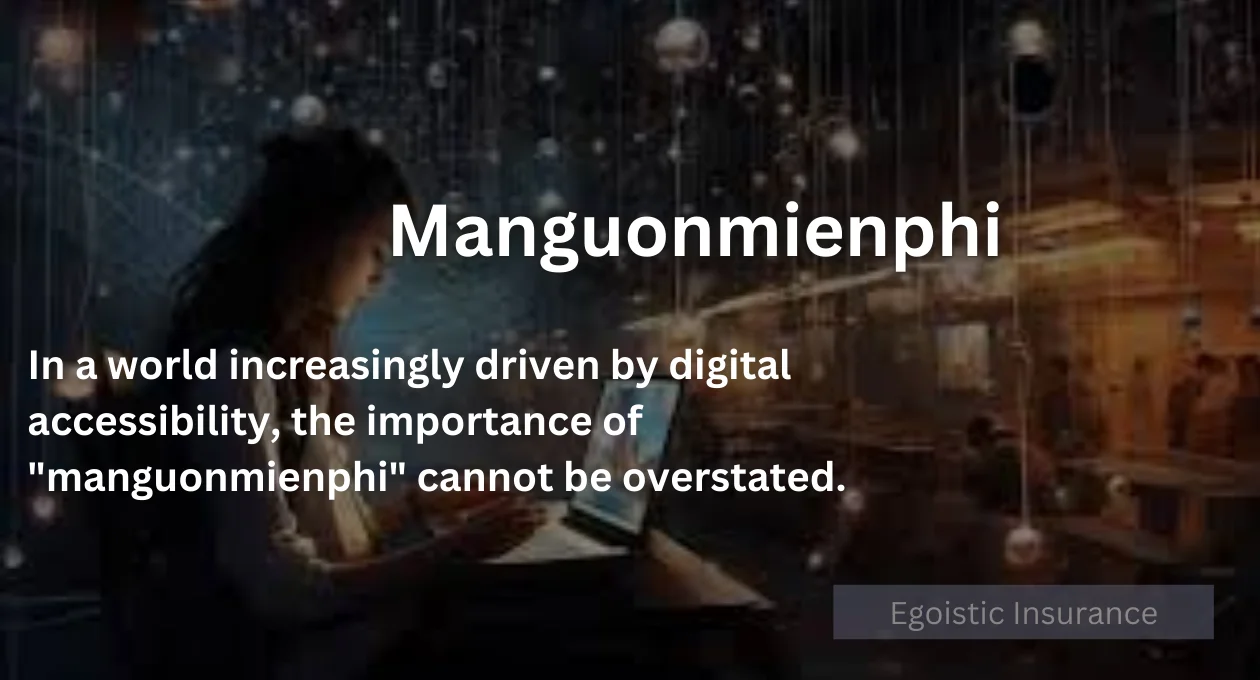
In a world increasingly driven by digital accessibility, the importance of “manguonmienphi” cannot be overstated. Free resources not only democratize access to information but also empower individuals from various backgrounds to learn and grow. This shift enables people who may not have the financial means to invest in traditional educational materials to still acquire knowledge, fostering a more inclusive learning environment. As a result, the concept resonates with a wide audience, highlighting the collective desire for growth and exploration without economic constraints.
Conversely, the rise of “manguonmienphi” raises important discussions about the future of content quality and creator sustainability. While users benefit from the abundance of free information, content creators face challenges in monetising their work. Without innovative business models, many may struggle to continue producing high-quality materials necessary to meet users’ ever-evolving needs. Striking a balance between providing free resources and ensuring fair compensation for creators will be paramount as platforms navigate this complex digital landscape.
- Educational Platforms: Many online educational platforms use the concept of “manguonmienphi” to offer free courses or resources to learners.
- News and Media: News websites and media outlets might provide free access to certain articles or reports, embodying the idea of “manguonmienphi.”
- Software and Tools: There are numerous free tools and software available online that exemplify this concept, offering users functionality without a financial commitment.
3. Benefits of “Manguonmienphi”
The benefits of “manguonmienphi” extend beyond mere access to information; they promote a culture of lifelong learning and innovation. By allowing individuals to explore various topics without financial limitations, this concept encourages curiosity and engagement. As users freely access diverse resources, they can develop new skills, enhance their knowledge base, and even discover interests they might not have encountered otherwise. This democratization of information significantly contributes to personal and professional growth in an increasingly competitive world.
Additionally, the availability of free resources fosters collaboration and community building among users. As individuals share their insights and knowledge, a vibrant ecosystem of support emerges, where learners and creators interact and thrive. This interconnectedness encourages the exchange of ideas and experiences, ultimately leading to a richer educational environment. However, to sustain this positive momentum, it is essential for both users and creators to recognise the importance of maintaining the quality of the content available in this free-access landscape.
- Accessibility: It democratizes access to information, ensuring that even those who cannot afford paid services or products can still gain valuable knowledge and tools.
- Promotion of Learning: Free resources can significantly enhance learning opportunities, allowing individuals to explore new topics and skills without financial barriers.
- Innovation: Many open-source software projects and free tools foster innovation by allowing users to modify and improve upon existing technologies.
4. Challenges and Considerations
As the “manguonmienphi” trend continues to gain traction, it is crucial to address the challenges faced by content creators. The increasing reliance on free resources may lead to a dilution of quality, as creators struggle to find viable monetization strategies. If the creation of high-quality content is not adequately supported, the diversity and richness of available resources could diminish, negatively impacting the learning experience for users. Therefore, exploring sustainable business models that support creators while offering free or affordable resources must be a priority.
Additionally, as users navigate the digital landscape, they must adopt a proactive approach toward vetting the information they encounter. Developing media literacy skills becomes imperative, enabling individuals to discern between credible sources and misinformation. In a world overflowing with content, cultivating a discerning mindset will empower users to make informed decisions about their learning journey. This not only enhances personal growth but also helps in fostering a more knowledgeable and informed society overall.
- Quality Control: Not all free resources are created equal. Users need to be cautious about the credibility and quality of the information they are accessing.
- Sustainability: Providers of free resources may face challenges in maintaining and updating their offerings without a revenue stream.
5. Examples of “Manguonmienphi” in Practice
The proliferation of “manguonmienphi” ultimately influences educational disparities, as access to free resources helps bridge gaps in learning opportunities. Communities with limited financial resources can leverage these materials to enhance educational outcomes, fostering a generation that is well-informed and ready to tackle contemporary challenges. This access enables collaborative projects and peer learning, creating environments where individuals can share knowledge and benefits regardless of socioeconomic status. Moreover, as more people engage with these resources, they contribute to a more equitable world’s learning landscape.
However, the challenge remains to ensure that the quality of content is preserved even as accessibility increases. As creators grapple with the balance of providing free resources while maintaining high standards, it highlights the necessity for community support and innovative funding solutions. Encouraging users to engage with and provide feedback on available resources can lead to a collaborative effort to improve the quality of offerings. This partnership fosters not just a spirit of learning, but a shared commitment to cultivating a thriving and sustainable educational ecosystem.
- Wikipedia: As a free online encyclopedia, Wikipedia represents a large-scale implementation of the “manguonmienphi” concept, providing users with a wealth of information at no cost.
- Open Source Software: Projects like Linux or LibreOffice offer powerful software solutions for free, allowing users to benefit from high-quality tools without financial investment.
- MOOCs (Massive Open Online Courses): Platforms such as Coursera or edX offer free courses in various subjects, embodying the spirit of “manguonmienphi” by making education more accessible.
FAQs
Q: What is “manguonmienphi”?
A: “Manguonmienphi” refers to the concept of free access to information and resources, allowing individuals to explore various topics without financial constraints.
Q: How does “manguonmienphi” promote lifelong learning?
A: By providing free resources, it encourages individuals to continuously seek knowledge and develop new skills, fostering a culture of curiosity and engagement.
Q: What are the main challenges faced by content creators in the “manguonmienphi” ecosystem?
A: Creators often struggle with monetization strategies, which can lead to a dilution of quality if not addressed, impacting the overall learning experience for users.
Q: How can users ensure the quality of free resources?
A: Users should develop media literacy skills to critically evaluate the credibility of sources and actively seek out high-quality content.
Q: What impact does “manguonmienphi” have on educational disparities?
A: It helps bridge learning gaps for communities with limited financial resources, enhancing educational outcomes and promoting equity in access to information.
Conclusion
In summary, “manguonmienphi” represents the principle of providing valuable information or resources without charging users. This concept plays a significant role in enhancing accessibility to knowledge, fostering educational opportunities, and encouraging innovation. While it comes with its own set of challenges, the benefits of “manguonmienphi” are substantial, making it an important aspect of the digital world.
Whether you’re looking for educational content, free tools, or just want to explore new topics, understanding the concept of “manguonmienphi” can help you navigate the wealth of free resources available online. As the landscape of free resources continues to evolve, there is a pressing need for ongoing evaluation and adaptation. Stakeholders, including users, creators, and platform providers, must collaborate to ensure that both quality and accessibility are maintained. By fostering a community-centric approach, individuals can contribute to a culture of shared responsibility, where feedback and engagement play vital roles in content improvement. This collective effort will not only enhance the resources available but also strengthen the foundational principles of “manguonmienphi” in fulfilling the educational needs of diverse audiences.
For more interesting information keep visiting egoisticinsurance.online


